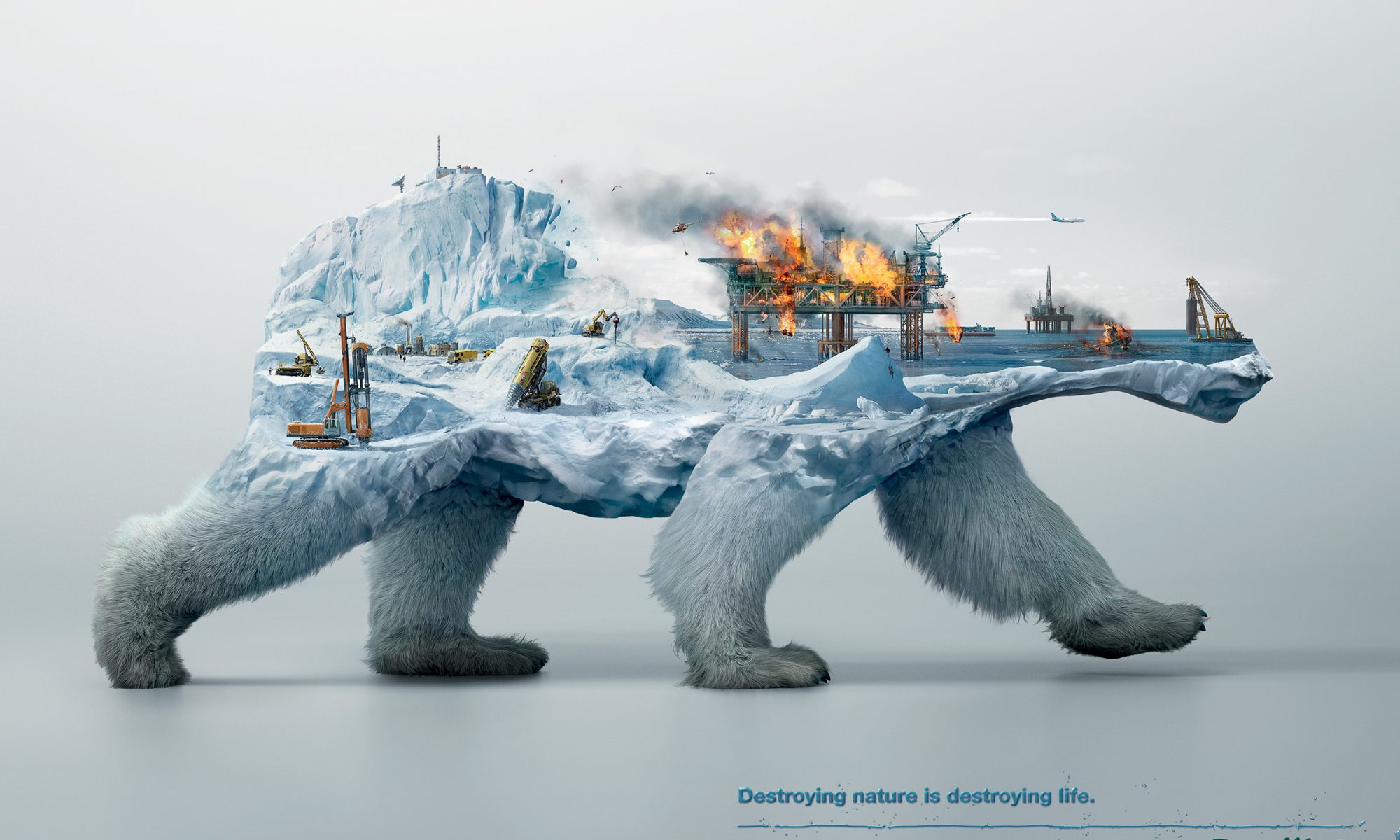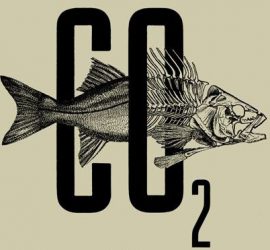
The implications of an enhanced greenhouse effect are difficult to quantify, but include a range of changes to the climate, such as the rainfall and temperature patterns, and average sea-level, which are causing widespread concern.
Enhanced greenhouse effect causes the temperature on Earth to rise, causing a host of problems to the climate. Firstly, rising temperatures causes icecaps in the arctics to melt, leading to rising sea levels and increased flooding.
Secondly, rising temperature leads to increased evaporation on already warm areas. The increased evaporation exceeds the precipitation caused by rainfall, leading to droughts.
Temperature

The greenhouse gases are heat-trapping gases which causes heat to be trapped in the atmosphere leading to higher temperatures. The temperature has been rising since the 1880s. As the Earth warms up, heat waves are becoming more common. Heat waves can be dangerous as they cause illnesses such as heat cramps, heat strokes or even death. If we continue emitting greenhouses at the current rate, the average temperature around the world could increase by about 4-12 degrees, by the year 2100. However, if we control the emission of greenhouse gases and use renewable resources, the increase in temperature would be less, at around 2-5 degrees. Warmer temperatures can also lead to a chain reaction of changes in the climate.
Less ice and snow

The arctic ocean around the north pole is so cold that it is usually covered with ice. However, in recent years, the amount of ice has been decreasing due to temperatures being warmer than usual. This is detrimental to polar creatures as ice lands are their natural habitat. In addition, the ice and snow is essential to reflect sunlight back to space, preventing the Earth from getting too warm. Satellite observations reveal that the amount of spring snow cover in the northern hemisphere has decreased over the past 5 decades. The warmer temperatures can also cause glaciers to melt faster. Ultimately, the increased melting of ice and snow will lead to rising sea levels.
Rising sea level

As the icecaps melt, more water is added to ocean. Also, the rising temperatures cause the ocean to get warmer. As a result, the water expands and take up more space. This causes the sea level to rise. Rising sea level is a threat to mankind as it leads to floods. In extreme cases, low-lying land can be submerged completely. This reduces the amount of land available for human use. For people who live near the ocean, it is another burden on them as they need to relocate further away from the ocean.
Droughts

Drought is defined as a long period of dry weather with insufficient rain or snow. This is caused by the rising temperature. In places with less rain, the precipitation is not enough to replenish the water loss from evaporation. This leads to drought in extreme cases. Drought are expected to be frequent and severe. The lack of water will lead to many problems because water is essential to life. This includes drinking, harvesting of crops and industry usage. Also, droughts disrupt the food supply.
Conclusion
In conclusion, if we allow enhanced global warming to continue, it will ultimately lead to extreme and unpredictable climate changes like increased sea level, drought and hurricanes. Scientists believe that global warming and warmer seas could bring about more intense tropical storms. Hence, everyone has a part to play to reduce the enhanced greenhouse effect. Even simple actions like taking public transport, saving water, reducing waste will go a long way preserve our environment and our homes for the future generations.
Reference
See the Impacts. (n.d.). Retrieved March 29, 2017, from https://www3.epa.gov/climatechange/kids/impacts/index.html
Melting Ice Cap [Digital image]. (n.d.). Retrieved March 29, 2017, from https://phys.org/news/2014-10-ice-cap-shipping-lanes-conflict.html
Aguilar, A. (n.d.). Hot thermometer [Digital image]. Retrieved March 29, 2017, from https://www.shutterstock.com/image-illustration/hot-thermometer-71750980
Zyglis, A. (n.d.). Global Warming is a Crackpot Theory [Digital image]. Retrieved March 29, 2017, from https://www.pinterest.com/pin/412360909601656204/
Puiu, T. (n.d.). [Rising Sea Levels]. Retrieved March 29, 2017, from http://www.zmescience.com/ecology/climate/sea-level-rise-global-warming-states-043232/

